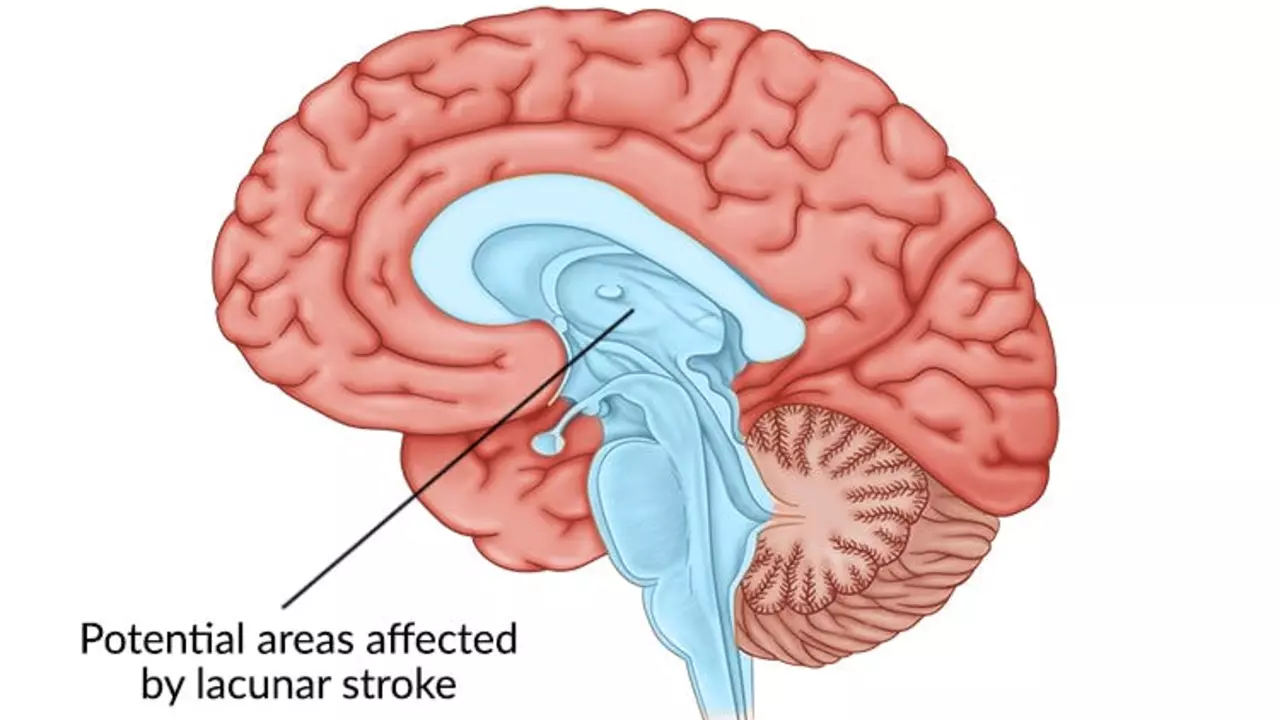Types of Strokes: Recognize and Respond Fast
Strokes happen when blood flow to the brain is interrupted, causing brain cells to die. Knowing the types of strokes can help you spot symptoms early, get faster treatment, and improve recovery chances. There are mainly two types: ischemic and hemorrhagic strokes.
Ischemic Stroke: The Most Common Type
This type happens when a blood clot blocks an artery carrying blood to the brain. It’s like a traffic jam that stops oxygen-rich blood from reaching brain cells. People with clogged arteries from high cholesterol, diabetes, or high blood pressure are at higher risk. Symptoms often come on suddenly and include one-sided weakness, trouble speaking, and confusion. Quick medical care can sometimes restore blood flow and reduce damage.
Hemorrhagic Stroke: When a Blood Vessel Bursts
In this case, a blood vessel breaks, leading to bleeding inside or around the brain. It’s less common but often more serious. Causes include high blood pressure, aneurysms, or head injury. Symptoms can be severe headaches, nausea, vision problems, or loss of consciousness. Emergency treatment focuses on stopping the bleeding and reducing pressure on the brain.
Besides these two main types, there are transient ischemic attacks (TIAs), often called mini-strokes. TIAs are temporary blockages that don’t cause permanent damage but are warning signs for a real stroke. If you or someone you know experiences sudden weakness, numbness, vision trouble, or slurred speech, act fast. Call emergency services immediately because every minute counts.
Understanding types of strokes helps you take control. Keep an eye on risk factors like smoking, poor diet, and inactivity. Regular check-ups and managing blood pressure and cholesterol are practical ways to reduce your risk. If medication is prescribed, take it as directed and stay informed about your health.
Remember, strokes are serious but treatable. Quick action and knowing what to watch for can save lives and reduce long-term problems. Stay aware and stay safe.

Understanding the Different Types of Strokes and Their Causes
In my recent exploration, I've learned that there are primarily three types of strokes: ischemic, hemorrhagic, and transient ischemic attacks (TIA). Ischemic, the most common type, is caused by a blockage or clot in the brain's blood vessels. Hemorrhagic stroke, though less common, is caused by bleeding in the brain. TIAs, also known as mini-strokes, are temporary blockages of blood flow to the brain. Understanding these types and their causes are crucial in prevention and early detection.